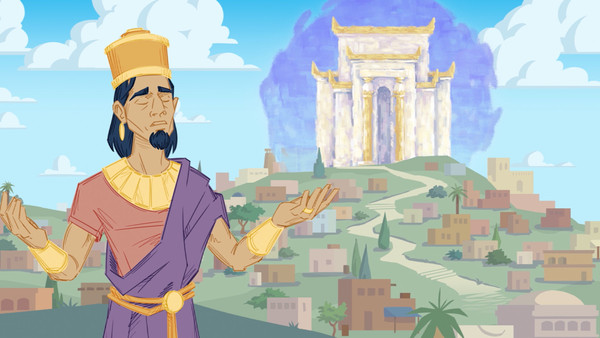
5:30

The book of Psalms is the largest collection of poetry in the Bible. In this video, we’ll explore the design, shape, and main themes of this marvelous book, which was crafted to be read from beginning to end. The Psalms are an invitation to a literary temple, where you can meet with God and hear the entire biblical storyline retold in poetic form.
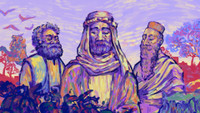
Episode 12
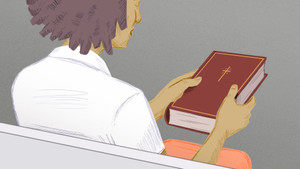
Episode 1
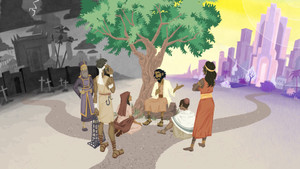
Episode 2

Episode 3
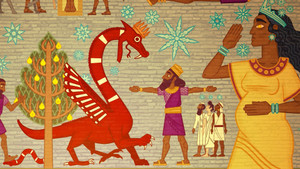
Episode 4

Episode 5

Episode 6
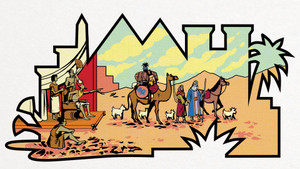
Episode 7
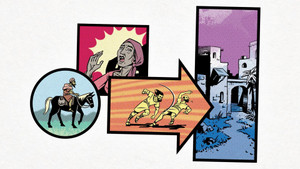
Episode 8
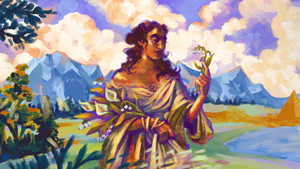
Episode 9
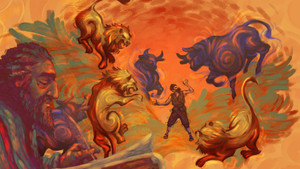
Episode 10

Episode 11

Episode 12
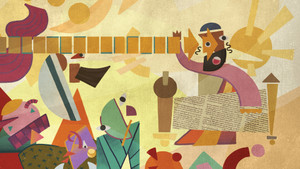
Episode 13
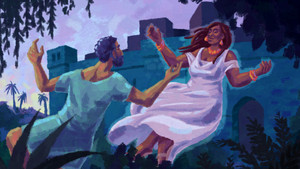
Episode 14
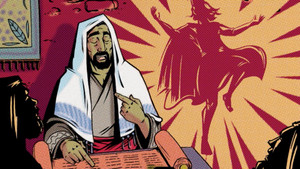
Episode 15
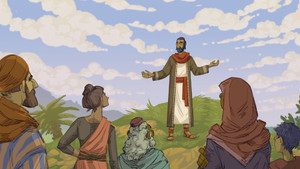
Episode 16

Episode 17
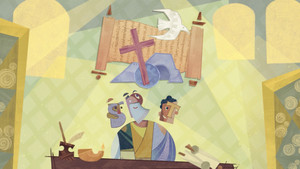
Episode 18
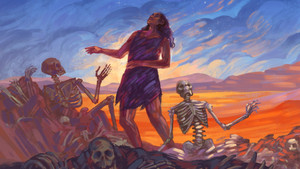
Episode 19